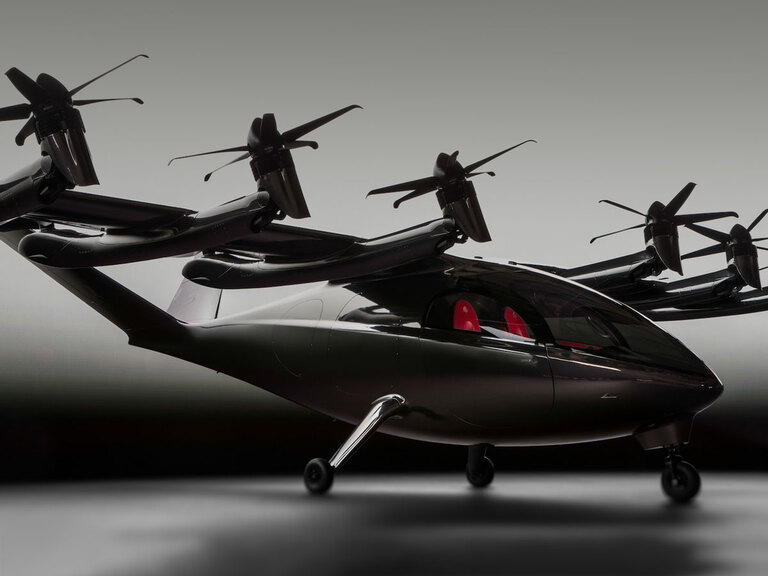Once the world’s leading cellphone manufacturer, Nokia [NOK] has completely reoriented its business over the last decade.
In February 2023, it revamped its logo in order to underscore the fact that it is no longer a cellphone company, and now focuses on “networks and industrial digitalization”, in the words of CEO Pekka Lundmark.
However, the pivot has led Nokia into difficult times. Global spending on telecommunications services fell 2.26% in 2022, and, while it edged upwards in 2023, the industry is still well below the highs it reached in 2011 and 2012.
Life After AI
Faced with a global slowdown, Nokia is grappling with distinct challenges.
One such is adapting to the artificial intelligence (AI) era.
Historically, Nokia’s network business was underpinned by mobile access and fixed networks, but demand is currently greatest for hypercloud data center optimized networks, as the development of AI guzzles up the world’s compute resource.
In light of this, in June Nokia acquired Infinera, a seller of transponders for optical solutions and semiconductors, which, according to Infinera’s CEO David Heard, will enable Nokia to sell optical systems and transponders to interconnect data centers.
Demand for telecoms infrastructure — its traditional domain — has slowed in the US, and Nokia has attempted to respond to this by expanding geographically. On October 16, Reuters reported that Nokia had entered talks with Bharti Airtel [BHARTIARTL:NS] over a multi-billion dollar contract to provide equipment for the Indian firm’s 5G network expansion across the country.
Shares in Reverse
Investors appear to have been reassured by these moves. The stock had been on a downward trend since April 2023, but has reversed that over the last year. Nokia’s share price has now gained 41.93% in the year to date and 54.20% over the past 12 months.
Nokia shares initially fell on October 17 as the company reported Q3 results that missed analyst expectations, with net sales falling 8% year-over-year to €4.33bn. However, NOK shares had risen again by the start of the next day’s trading.
“Overall, I’m optimistic that we are now turning the corner in many parts of our business despite net sales recovery happening more slowly than we expected,” Lundmark told the press.
Nokia’s Fundamentals
In terms of Nokia’s competitors, there are two US-listed stocks that are particularly relevant to its business.
One is Ericsson [ERIC]. Like Nokia, this Nordic former phonemaker now specializes in telecoms infrastructure, with a focus on catering to large enterprises.
As a telecoms and 5G company, it is also interesting to compare Nokia to AT&T [T].
AT&T is the largest telecoms company in the world by revenue. While it can be considered a competitor to Nokia in terms of its stock — investors allocating to the 5G industry may have to choose how to distribute funds between the two stocks — it is worth noting that the two companies are occasional collaborators. For example, in September the two agreed to construct a fiber network in the US.
| NOK | ERIC | T |
|---|---|---|---|
Market Cap | $25.47bn | $28.22bn | $161.34bn |
P/S Ratio | 1.29 | 1.20 | 1.33 |
Estimated Sales Growth (Current Fiscal Year) | -12.40% | -5.40% | 0.00% |
Estimated Sales Growth (Next Fiscal Year) | 0.20% | 3.40% | 1.60% |
Source: Yahoo Finance
The challenging macro circumstances all three businesses are facing are underscored by the low projected revenue growth for each stock. Of the three, only AT&T is expected to — barely — avoid declining sales this year.
Notably, while AT&T is the most expensive stock based on its trailing sales, Nokia is expected to post the most sluggish revenue growth of all three stocks this year and next.
Nokia Stock: The Investment Case
The Bull Case for Nokia
Management seems to recognize the limited growth potential in the telecoms market and is taking steps to diversify.
“We are a traditional telco supplier, but the telco market is never going to be a growth market,” Lundmark told Bloomberg. “That’s why, for us as a company, it’s crucially important that we are able to tap into new growth segments.”
These segments include secure communication networks for the defense sector. Nokia completed the acquisition of Fenix Group, a company that specializes in this area, in May.
Should the turnaround be completed successfully, some analysts see significant gains in store for Nokia. The high target of $6.50 among analysts polled by LSEG implies 38.9% gains from the October 23 close.
The Bear Case for Nokia
Besides stagnating sales growth, Nokia risks being muscled out of key markets. Last year, Ericsson beat Nokia to a key infrastructure partnership with AT&T, which Bloomberg described as a “major blow” to Nokia. On October 15, the deal helped to push Ericsson’s earnings above analysts’ estimates.
Meanwhile, Nokia is grappling with dwindling demand for its services and is cutting jobs in key markets such as the EU and China. For all management’s talk of a turnaround, it is hard to see how entering highly competitive new markets, such as AI and defense, is going to reinvigorate this stock in the immediate future.
The median analyst estimate would see NOK stock trade sideways over the next 12 months, with a price target of $4.74 implying a 1.3% rise from the October 18 close. More pessimistic analysts envisage the stock falling 18.80% to $3.80.
Conclusion
Nokia is turning its business around, but the new markets that it is trying to enter in order to boost its growth prospects are highly competitive. Investors should conduct thorough research before making a decision on any stock.
Continue reading for FREE
- Includes free newsletter updates, unsubscribe anytime. Privacy policy





